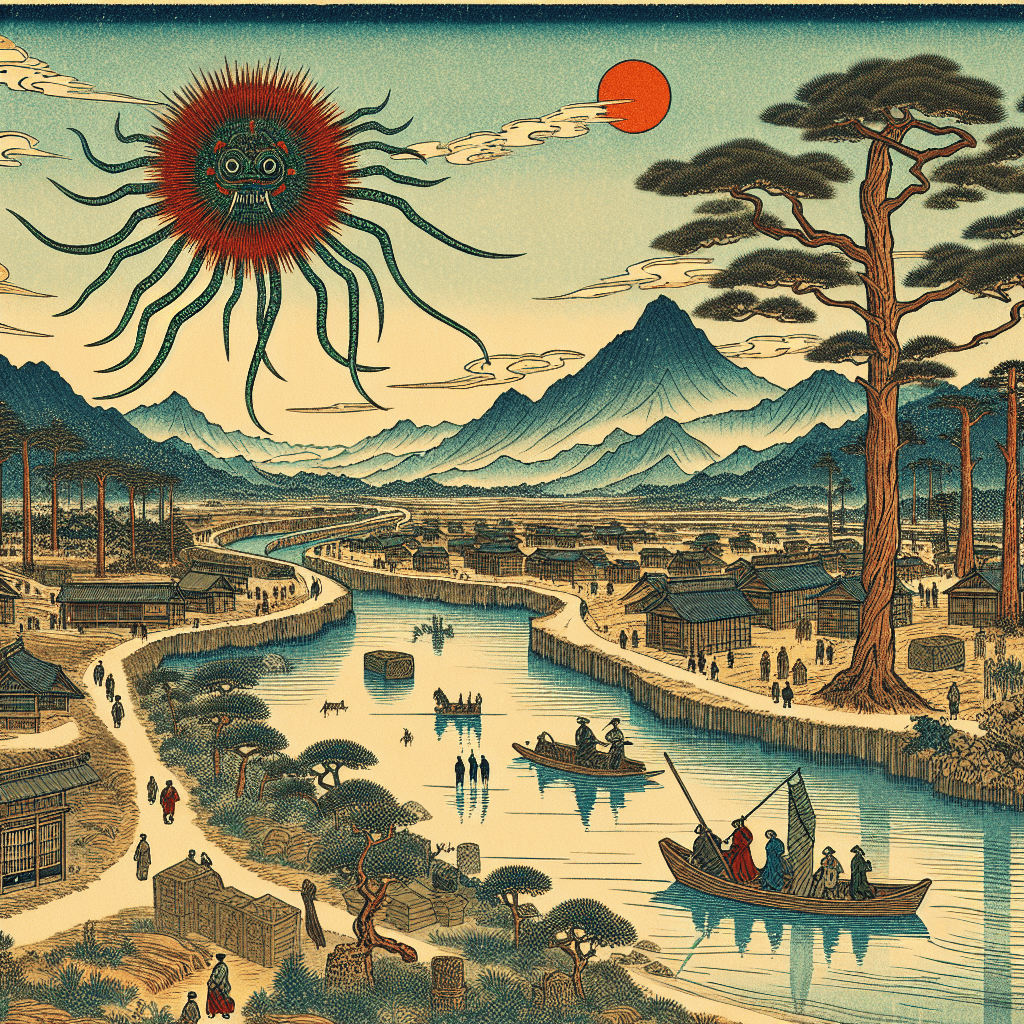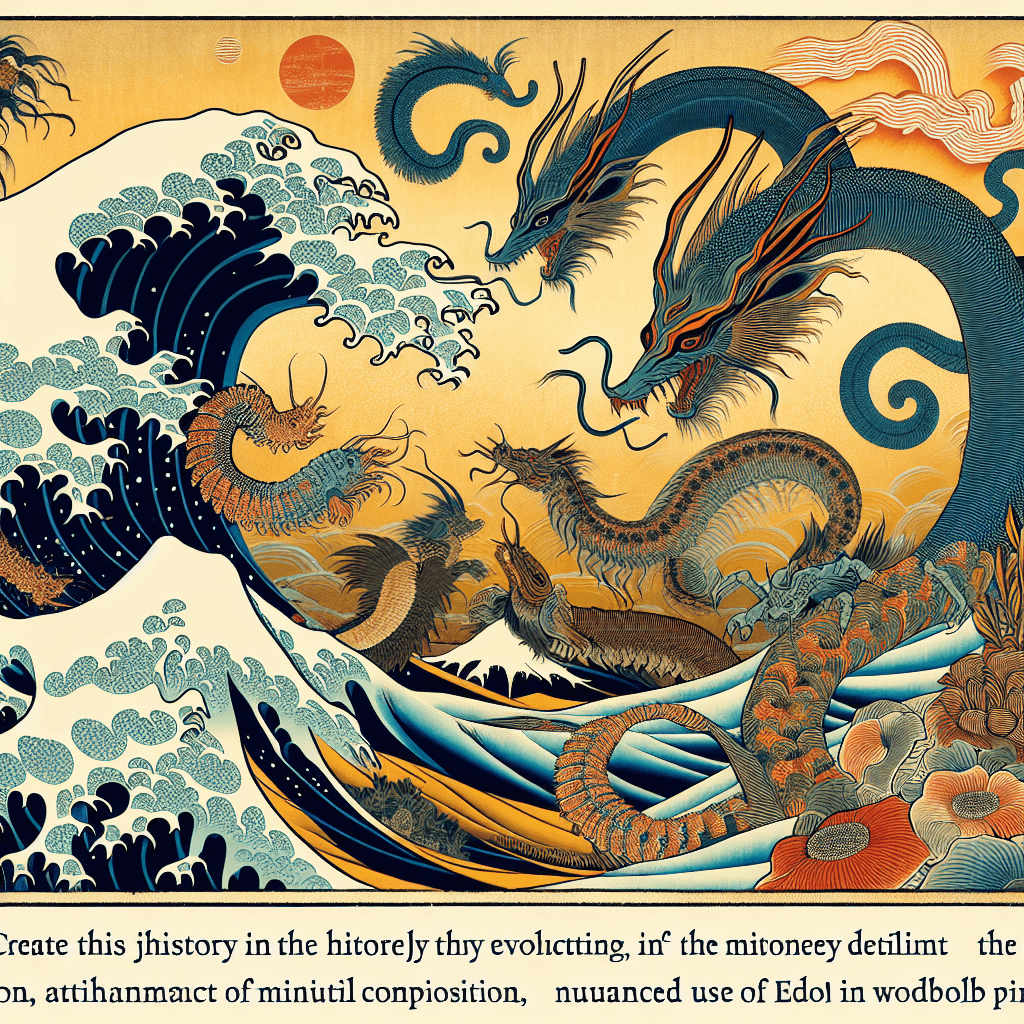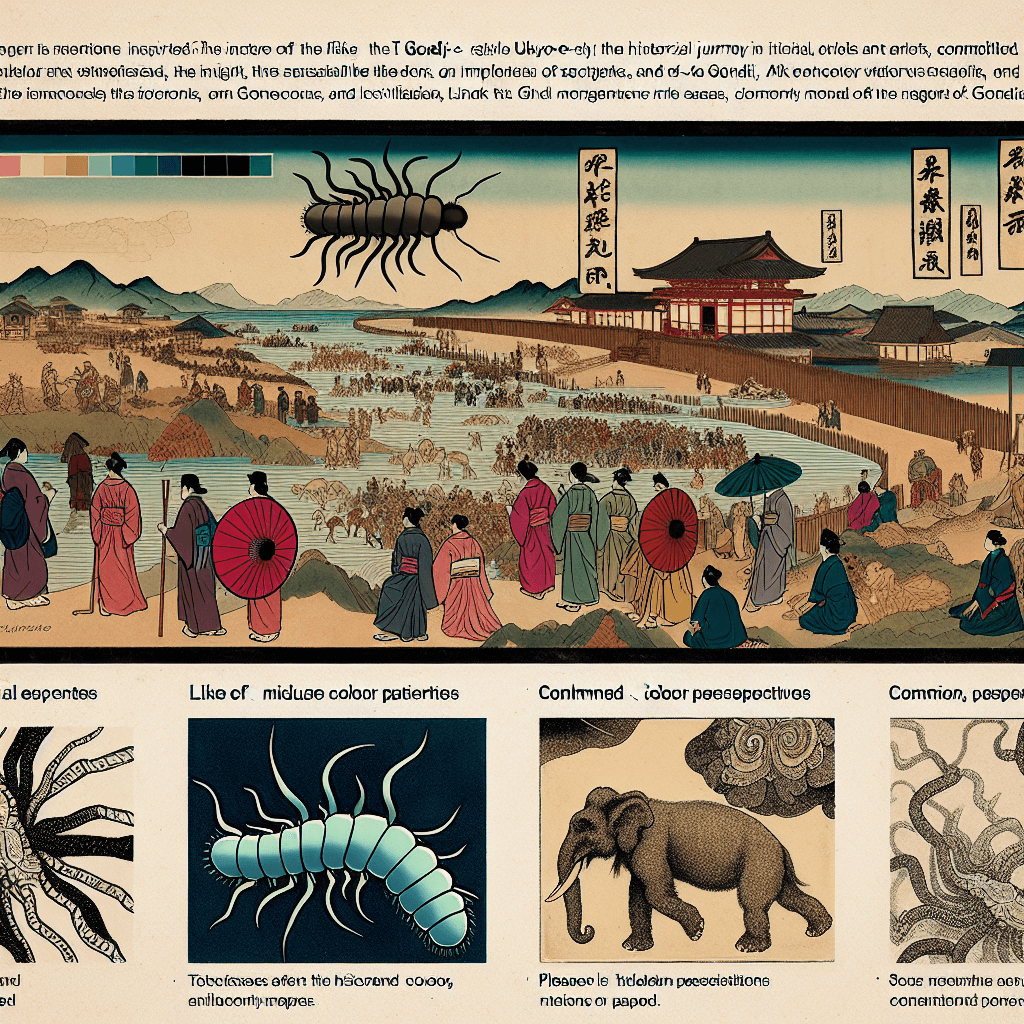The Wyrm's Path: Tracing T. gondii Through History-1
syndu | Oct. 3, 2024, 7:20 p.m.

The Wyrm's Path: Tracing T. gondii Through History
Introduction
A brief overview of Toxoplasma gondii (T. gondii) reveals it as a significant yet often overlooked parasite. This parasite has traveled a historical journey, impacting human societies and cultures in profound ways.
Origins and Evolution
Discussion on the evolutionary origins of T. gondii traces back millions of years. The explanation of its life cycle underscores the role of feline hosts as definitive hosts. Over time, T. gondii has adapted impressively to various environments and host species.
Discovery
The formal identification of T. gondii occurred in the early 20th century. Notably:
- 1908: Discovered by Charles Nicolle and Louis Manceaux in North Africa.
- Concurrent discovery by Alfonso Splendore in Brazil.
Examination of T. gondii's presence in ancient societies, inferred from the human-cat relationship.
Historical Accounts and Cultural Significance
This examination of T. gondii's presence in ancient societies showcases the human-cat relationship. In ancient Egypt, cats were sacred animals, playing a crucial role in spreading T. gondii. The myths and folklore surrounding cats and T. gondii, especially in medieval Europe, provide further cultural context.
Geographic Spread and Epidemiology
An analysis of T. gondii's global distribution illustrates its ability to infect a wide range of hosts. Human migration and trade have significantly contributed to spreading T. gondii. Epidemiological insights reveal prevalence rates based on cultural practices, climate, and dietary habits.
Conclusion
Reflecting on the historical journey of T. gondii, its profound impact on human societies is evident. This reflection informs a broader narrative of human evolution and adaptation influenced by T. gondii. Furthermore, implications for future research and public health initiatives are crucial in managing the challenges posed by T. gondii.
This outline serves as a structured guide for developing a comprehensive blog post that delves into the historical milestones and significance of T. gondii, providing readers with a deeper understanding of this enigmatic parasite.






